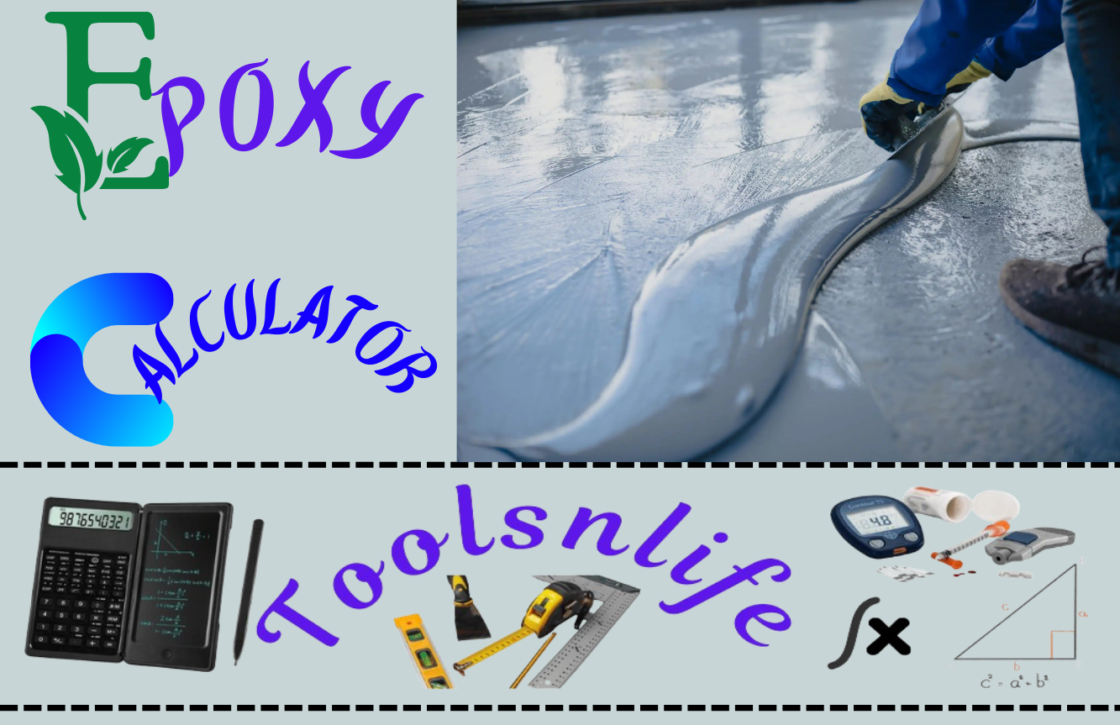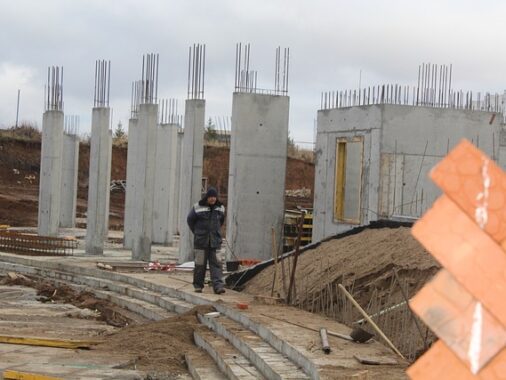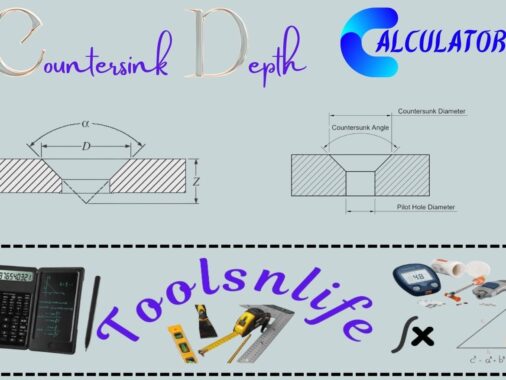Epoxy Resin Calculator: Precisely Determine Your Project Needs
Our epoxy calculator helps DIY enthusiasts and professionals alike accurately estimate materials for flooring, countertops, art projects, and more. Get precise measurements in seconds!
Typical epoxy thickness: 2-3mm for seal coats, 3-6mm for flood coats, 1.5cm+ for deep pours
Based on your measurements, you’ll need approximately 0 mL of epoxy.
Understanding Epoxy Types and Applications
With over 15 years of experience in epoxy applications, I’ve found that choosing the right epoxy type is just as important as calculating the correct amount. Different projects require specific epoxy formulations:
- Self-leveling epoxy: Ideal for flooring applications, provides a smooth, seamless finish
- High-build epoxy: Perfect for filling imperfections on vertical surfaces
- Deep pour epoxy: Designed for thick applications (1/2 inch or more) for river tables and deep encapsulation
- UV-resistant epoxy: Essential for outdoor applications or areas with significant sun exposure
- Food-safe epoxy: Necessary for countertops and surfaces that will contact food
Professional Tips for Epoxy Success
After managing hundreds of epoxy projects, I’ve compiled these essential tips to ensure your project’s success:
- Always add 10-15% to your calculated volume for waste, spillage, and uneven surfaces
- Consider the porosity of your substrate – porous materials like wood may require a seal coat first
- Maintain proper temperature (typically 70-80°F) during application and curing for optimal results
- Mix parts A and B thoroughly for the recommended time (usually 3-5 minutes) to ensure proper curing
- Work in sections for large projects to maintain a wet edge and prevent visible seams
Cost Estimation and Budget Planning
Beyond material volume, understanding epoxy project costs helps with budgeting. Epoxy prices typically range from $50-150 per gallon, depending on quality and specialty properties. Professional installation adds $3-12 per square foot. Remember to factor in additional costs for:
- Surface preparation materials (grinders, cleaners, patching compounds)
- Application tools (rollers, squeegees, mixing buckets)
- Safety equipment (gloves, respirators, eye protection)
- Unexpected additional material for touch-ups and corrections
Safety Considerations
Working with epoxy requires careful attention to safety. Always:
- Work in a well-ventilated area to avoid fume buildup
- Wear appropriate PPE (nitrile gloves, safety glasses, and organic vapor respirator)
- Have ventilation fans ready for indoor projects
- Keep epoxy away from skin and eyes – have vinegar handy to neutralize uncured epoxy on skin
- Dispose of waste materials according to local regulations
Troubleshooting Common Epoxy Issues
Even with precise calculations, issues can arise. Here are solutions to common problems:
| Problem | Likely Cause | Solution |
|---|---|---|
| Uneven curing | Improper mixing or temperature fluctuations | Maintain consistent temperature, mix thoroughly |
| Bubbles in finish | Moisture or rapid mixing | Use a heat gun or torch to pop bubbles |
| Soft or tacky spots | Inaccurate mixing ratios | Scrape off and reapply properly mixed epoxy |
| Yellowing over time | UV exposure | Use UV-resistant epoxy or apply UV-protective topcoat |
Epoxy Application Visualization
Epoxy Coverage Guide
| Application Type | Recommended Thickness | Coverage per Gallon |
|---|---|---|
| Seal Coat | 1-2 mm | 400-600 sq ft |
| Standard Flood Coat | 3-4 mm | 150-200 sq ft |
| Heavy Duty Flooring | 5-6 mm | 100-120 sq ft |
| Deep Pour (River Tables) | 12-25 mm | 20-40 sq ft |
Conversion Reference
- 1 gallon = 3,785 mL
- 1 liter = 1,000 mL
- 1 cubic foot = 28,317 mL
- 1 cubic inch = 16.387 mL
- 1 square meter = 10.764 square feet
When to Consult a Professional
While many epoxy projects are DIY-friendly, consider professional help for:
- Large commercial spaces (over 500 sq ft)
- Complex surfaces with multiple levels or intricate details
- Projects requiring specialized equipment like professional grinders
- When working with expensive substrates that would be costly to repair if damaged
- Applications requiring certified installers for warranty purposes






